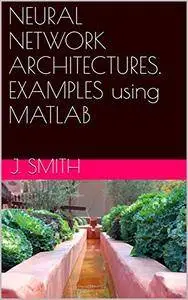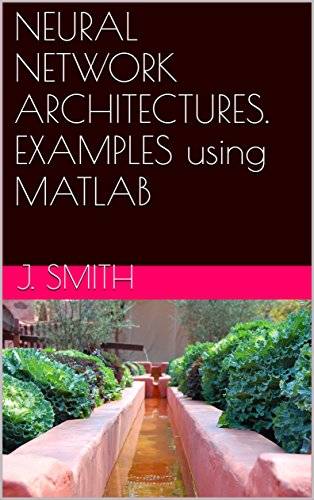NEURAL NETWORK ARCHITECTURES. EXAMPLES using MATLAB
2017 | English | ISBN-10: 1544133316 | 210 pages | PDF + EPUB (conv) | 6 Mb
2017 | English | ISBN-10: 1544133316 | 210 pages | PDF + EPUB (conv) | 6 Mb
MATLAB has the tool Neural Network Toolbox that provides algorithms, functions, and apps to create, train, visualize, and simulate neural networks. You can perform classification, regression, clustering, dimensionality reduction, time-series forecasting, and dynamic system modeling and control. The toolbox includes convolutional neural network and autoencoder deep learning algorithms for image classification and feature learning tasks. To speed up training of large data sets, you can distribute computations and data across multicore processors, GPUs, and computer clusters using Parallel Computing Toolbox.
The more important features are the following:
•Deep learning, including convolutional neural networks and autoencoders
•Parallel computing and GPU support for accelerating training (with Parallel Computing Toolbox)
•Supervised learning algorithms, including multilayer, radial basis, learning vector quantization (LVQ), time-delay, nonlinear autoregressive (NARX), and recurrent neural network (RNN)
•Unsupervised learning algorithms, including self-organizing maps and competitive layers
•Apps for data-fitting, pattern recognition, and clustering
•Preprocessing, postprocessing, and network visualization for improving training efficiency and assessing network performance
•Simulink® blocks for building and evaluating neural networks and for control systems applications
Neural networks are composed of simple elements operating in parallel. These elements are inspired by biological nervous systems. As in nature, the connections between elements largely determine the network function. You can train a neural network to perform a particular function by adjusting the values of the connections (weights) between elements.



